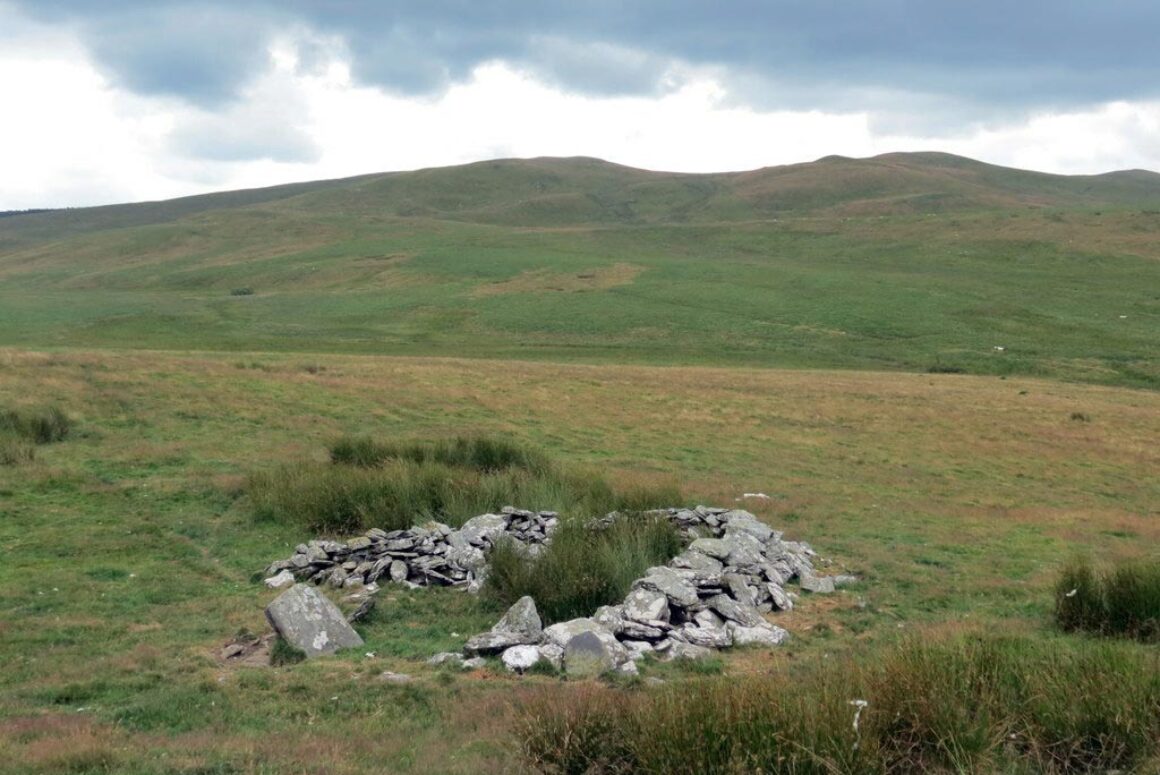The Open Spaces Society(1), Britain’s leading pressure-group for common land(2), has objected to an application from the Caron Estate for a 1,589-metre fence across Rhos Gelli Gron common, near Tregaron in Ceredigion.
The estate applied for the fencing under section 38 of the Commons Act 2006. The application is determined by the Planning Inspectorate on behalf of the environment minister. The Open Spaces Society is notified of all such applications.
The society has objected because the fence would divide the common in two, restricting people’s opportunities to enjoy it. The public has the right to walk over the whole common, as well as to walk, ride or cycle on the public bridleways which cross it. The fence, topped with barbed wire, would have only three crossing-points, one on each side of the common where it crosses a bridleway, and one in the middle.
The society points out that this common is a recognised historic landscape. The Dyfed Archaeological Trust explains that the area contains abandoned farms and that it ‘has been for at least the last few centuries unenclosed’. The recorded archaeology here is ‘rich and varied’. The estate claims that the fencing would not interfere with the archaeology but the society argues that it would enclose the land and impair the ancient landscape and the setting of the antiquities, so lauded by archaeologists.
Says Kate Ashbrook, general secretary of the Open Society:
‘We deplore the plan to divide this glorious, ancient, open common in two. Not only would it be an eyesore but it would severely restrict people’s enjoyment of this splendid landscape.
‘The estate wants to fence the common in order to manage the grazing, but the whole point of commons is that rightholders graze them in common, and that their animals traditionally graze within their cynefin (heft), without being separated by physical boundaries. The grazing management should be altered to suit the common, not the other way round.’
The objectors include the Cambrian Mountain Society.
Photo: ancient long house at Bryngwyn Bach on Rhos Gelli Gron common, close to the proposed fence-line. © Alan Richards, Creative Commons Licence.
1 The Open Spaces Society was founded in 1865 and is Britain’s oldest national conservation body. It campaigns to protect common land, village greens, open spaces and public paths, and people’s right to enjoy them.
2 Common land is land subject to rights of common, to graze animals or collect wood for instance, or waste land of the manor not subject to rights. The public has the right to walk on all commons, and to ride on many. Commons are protected in that works on common land require the consent of the environment minister, via the Planning Inspectorate.
Visit: www.oss.org.uk





